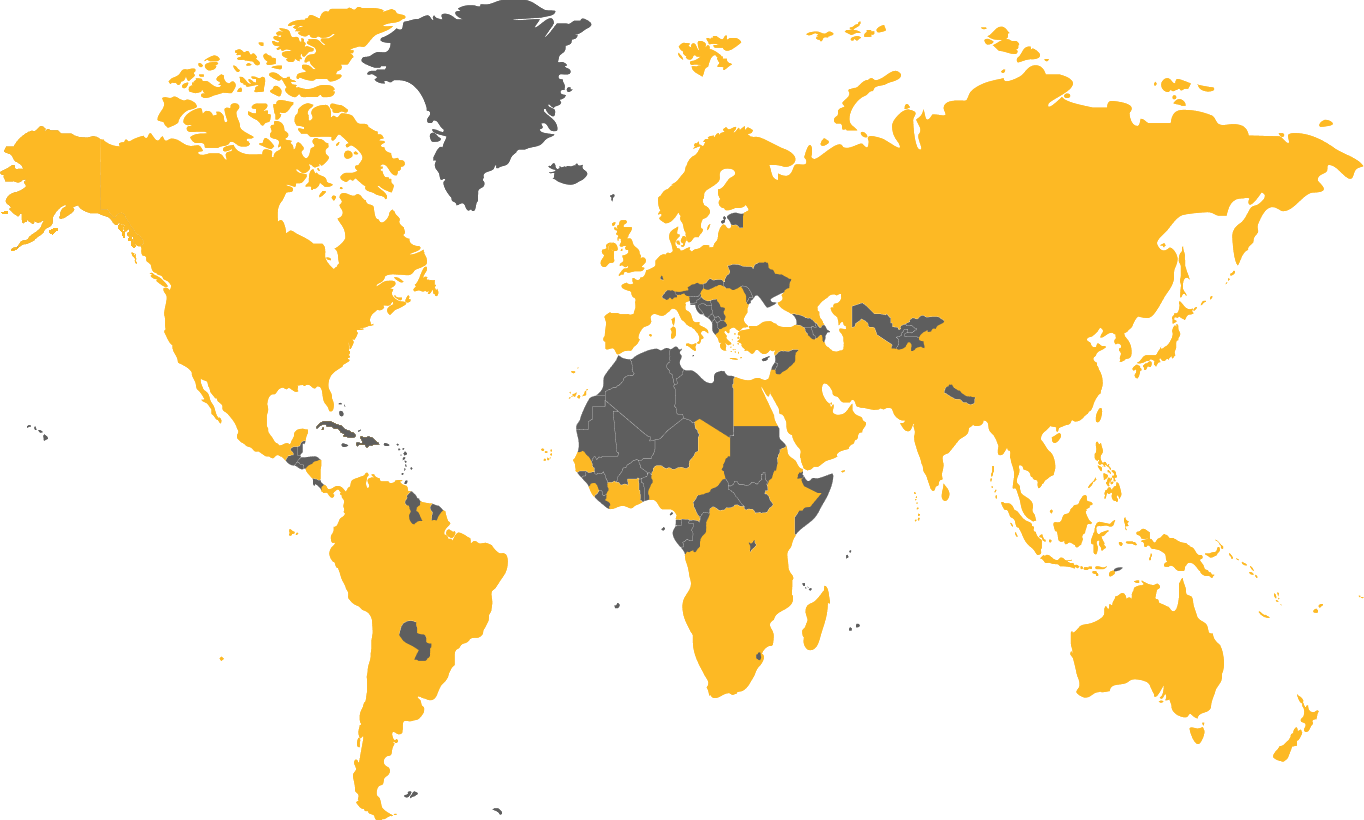Decades of experience and laboratory analysis have shown five main causes for butt weld failures.
Time, temperature and pressure deviations
The key ingredients for a perfect join with strength exceeding even that of the pipe itself. Combined with the correct pipe product, operators can deliver buried HDPE pipelines lasting 100+ years. However, major issues arise when this combination of factors are miscalculated or bastardised. With so much research pointing to incredible system lifetimes, there’s really no excuses for operators to ignore the fundamentals of poly welding.
Solution: Implement a poly welding time and pressure chart to make the right calculations.
Weld contaminations
A significant amount of poly welding happens in areas with potentially high levels of contamination from elements such as dust, dirt, water, oil, clays and more. It’s really a no brainer as to how this could affect the poly weld: think facing tool, heating plates and/or pipe faces. If any of these gather contaminant it’s likely to cause a weak weld and defect in the not too distant future. With increasing liability on operators, clients won’t be pleased to hear their lifelong pipeline needs repair shortly after installation.
Solution: Ensure pipe faces and machinery are cleaned daily. In high-risk environments mitigate detrimental influences as best as possible..
Lack of parallel-ness of fusion faces
Commonly referred to as pipe alignment, fusion faces must be correctly aligned to ensure a smooth and functional join. Naturally, the greater the misalignment, the higher chance of serious defects as pipe ends don’t receive balanced temperature, time and pressure. Drag pressure caused by gravity can also play a role in misalignments, particularly on large HDPE pipe segments. In summary, the maximum allowable misalignment is 10% of the walls thickness.
Solution: Pipe roller stands supporting both ends of the pipe whilst also minimising drag. If cutting is required, cut with an appropriate pipe saw, which does not use standard bar lube.
Not adhering to cool times
Cooling is one of the most essential parts of the fusion process. This step is where the join actually occurs, allowing ends of the pipe faces to bond through the application of pressure to the formation of crystalline polyethylene. A longer cooling time creates larger PE crystals, which in turn form a far stronger pipe bond. Problems occur when operators opt to save a bit of time, creating weak pipe systems.
Solution: Use confirmed butt welding parameters for the pipe, machine and conditions in order to calculate the optimal cooling time.









